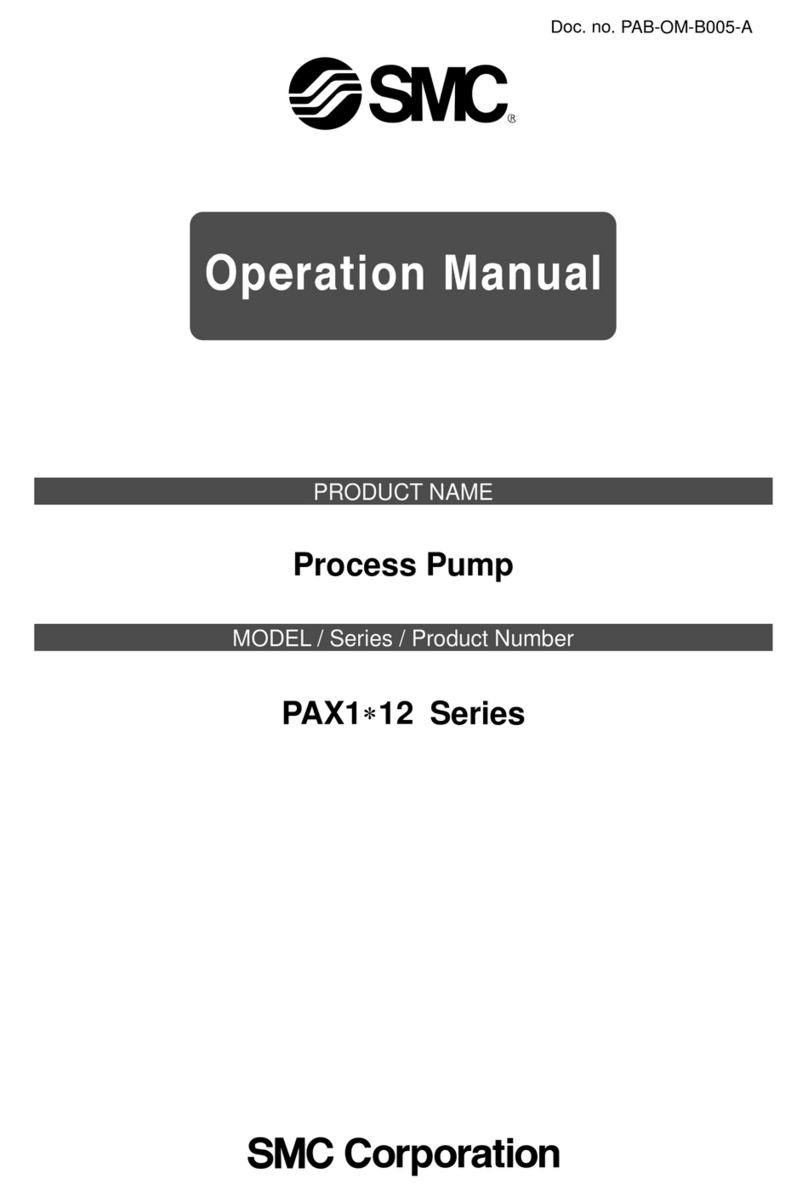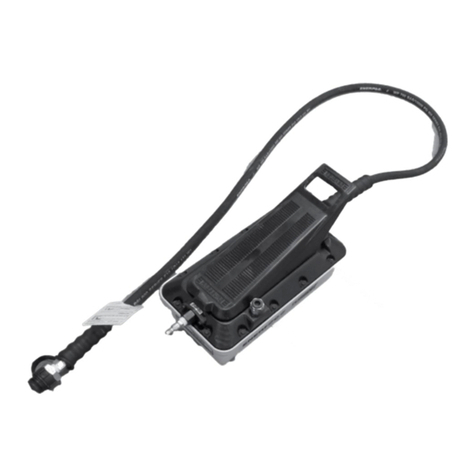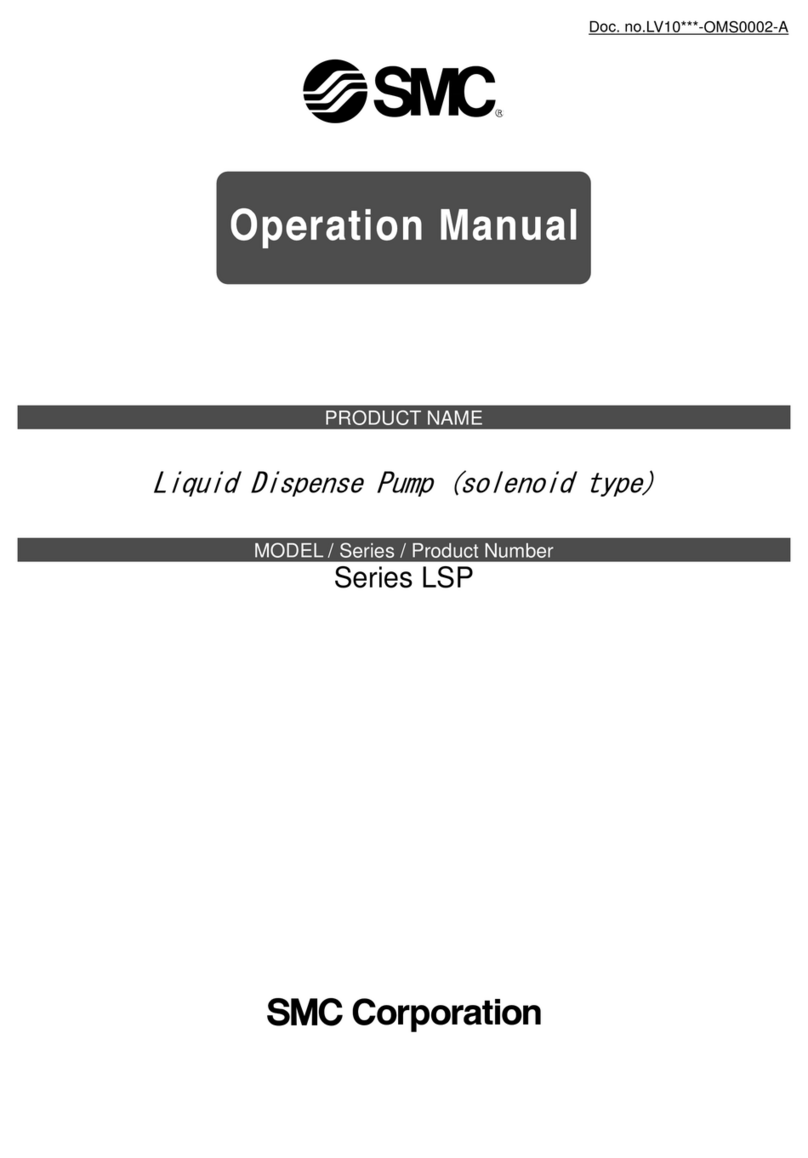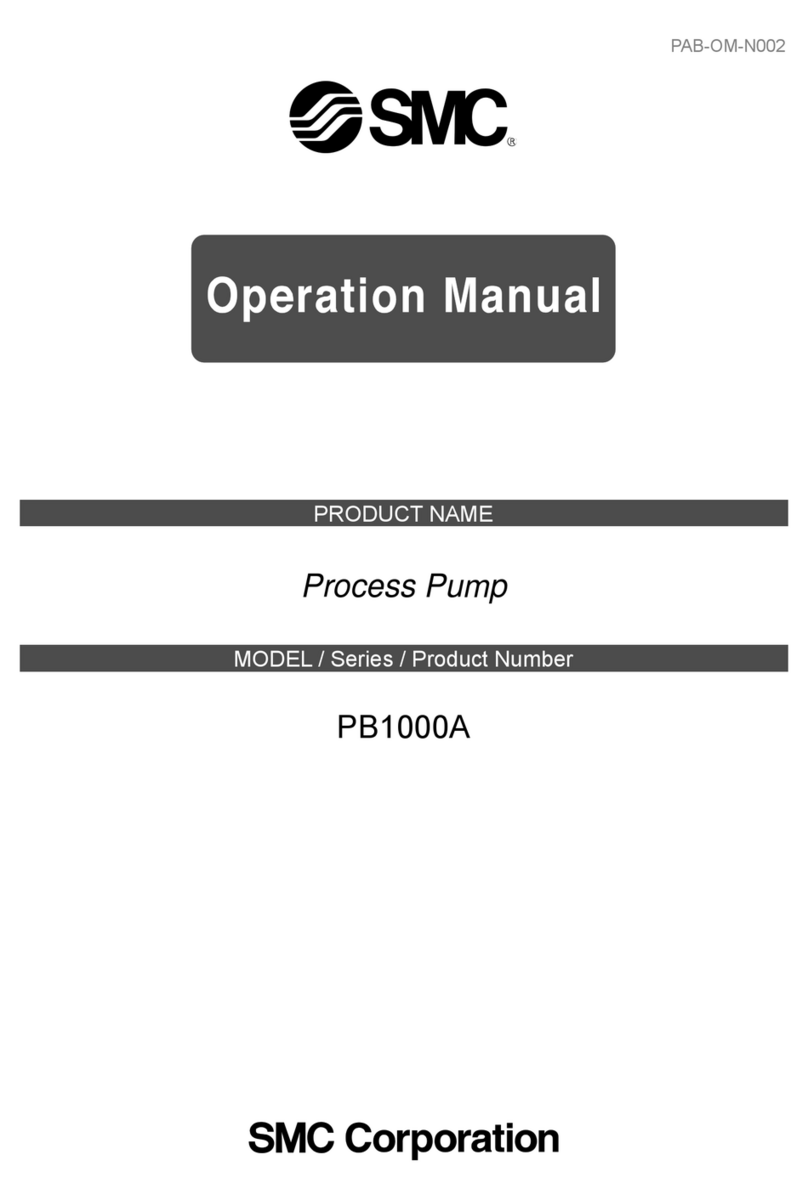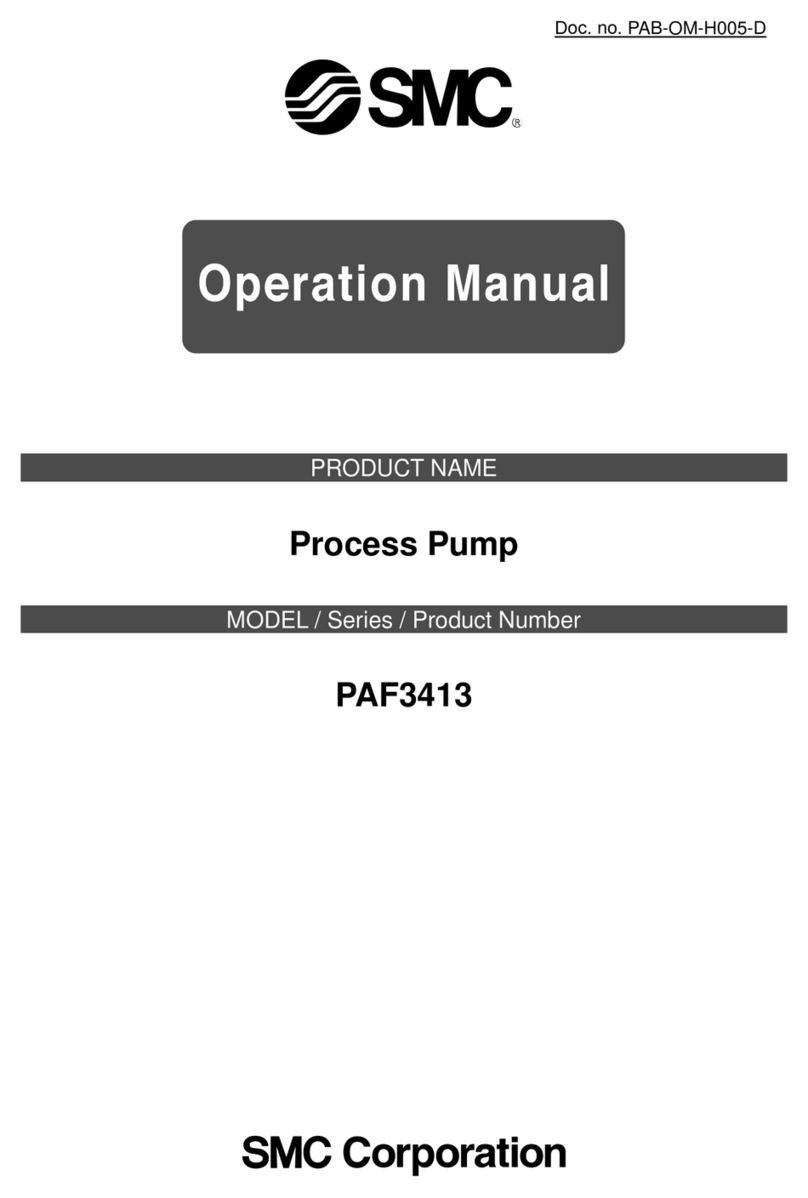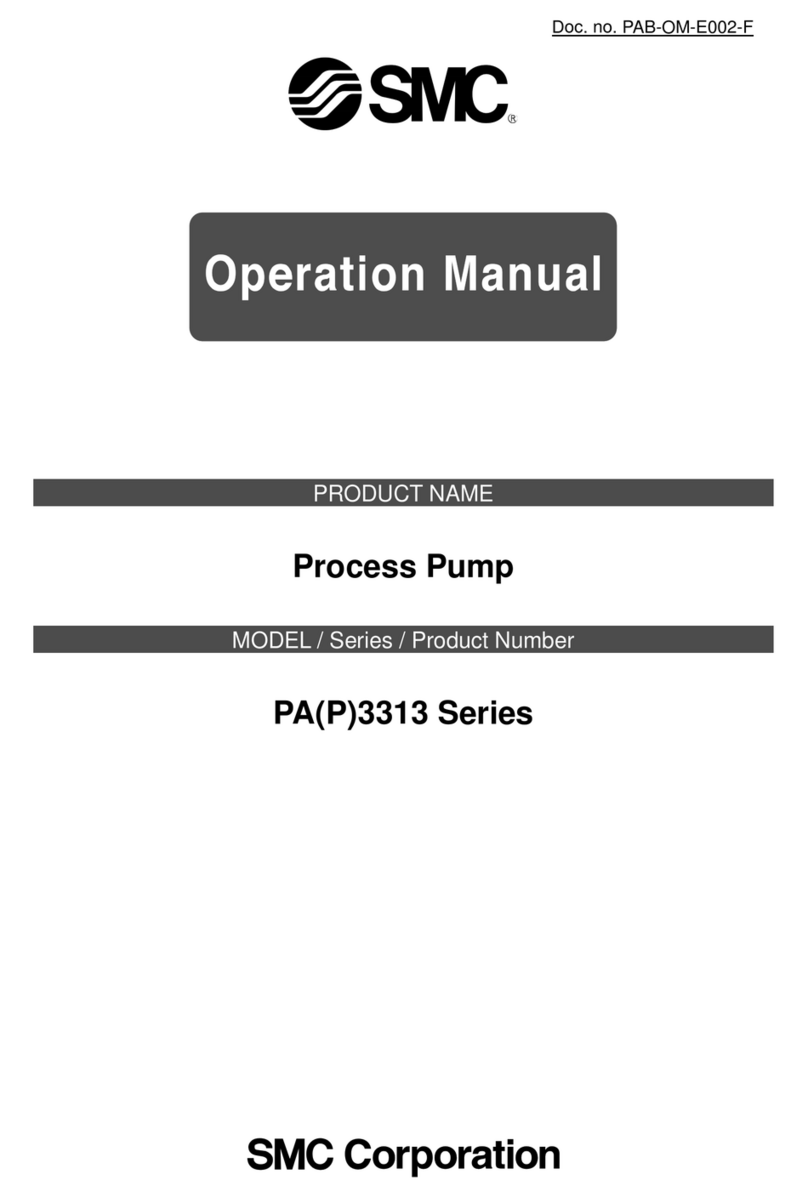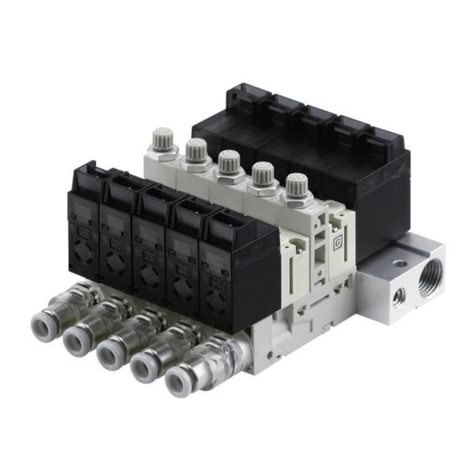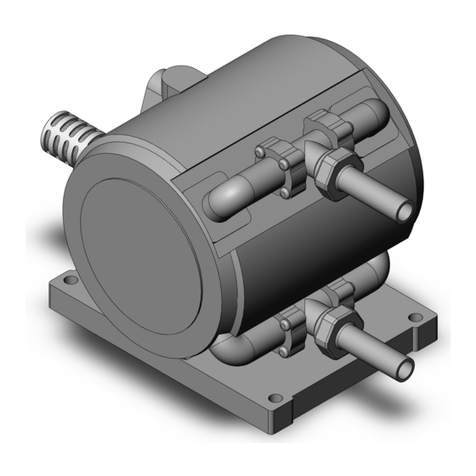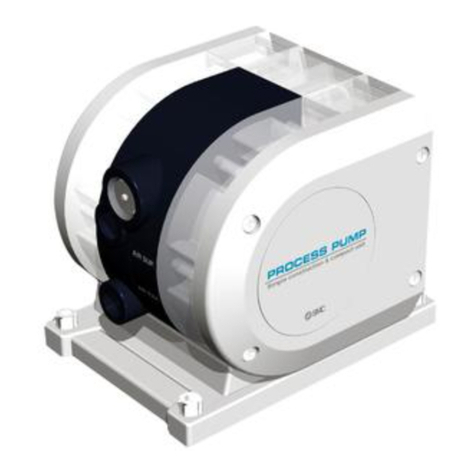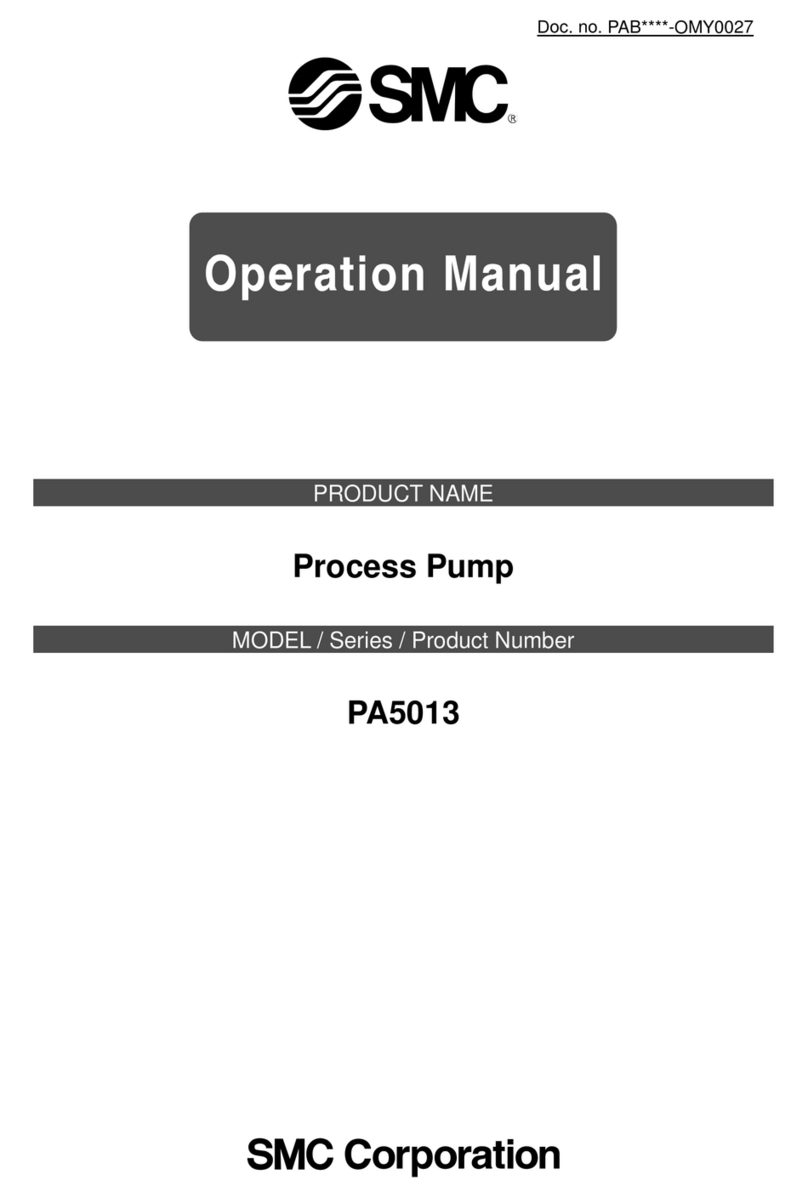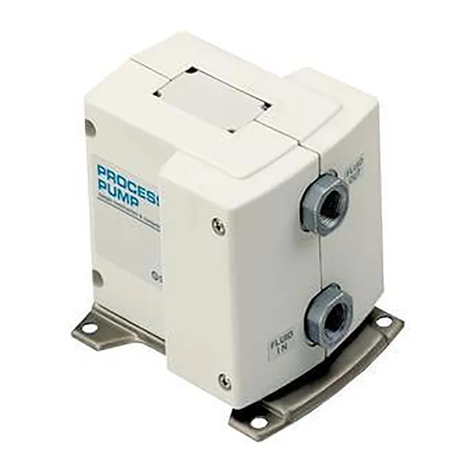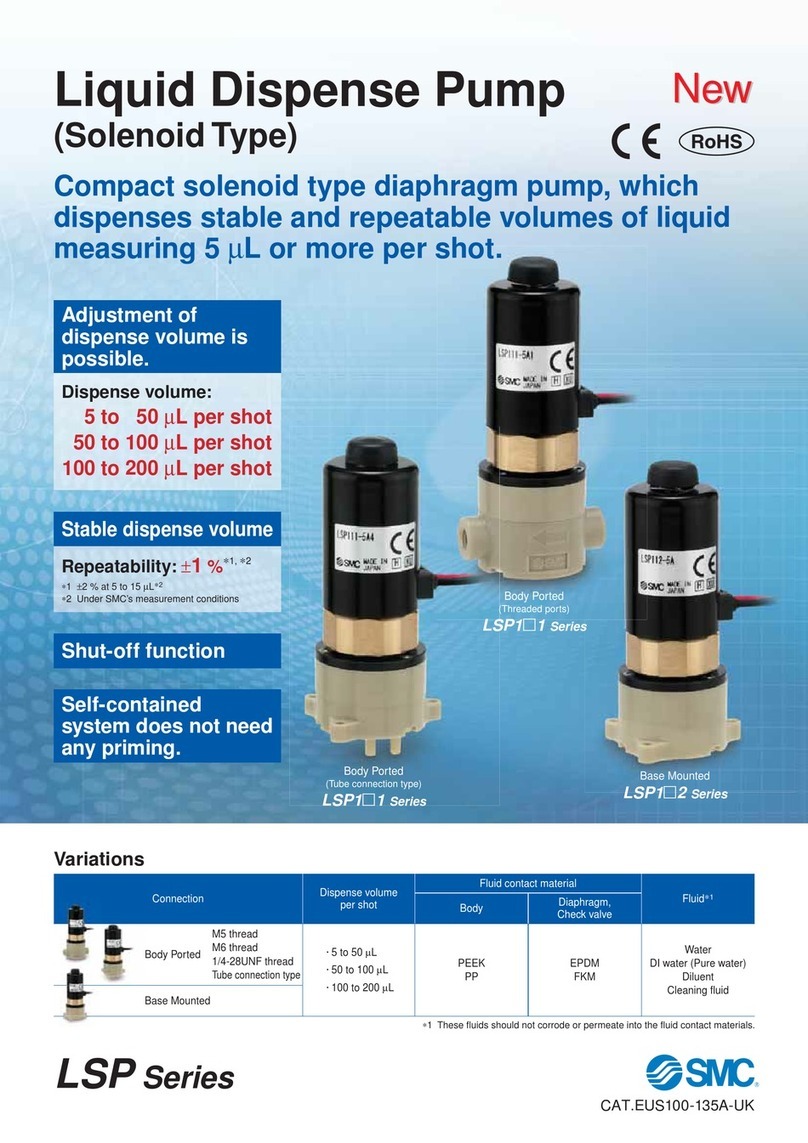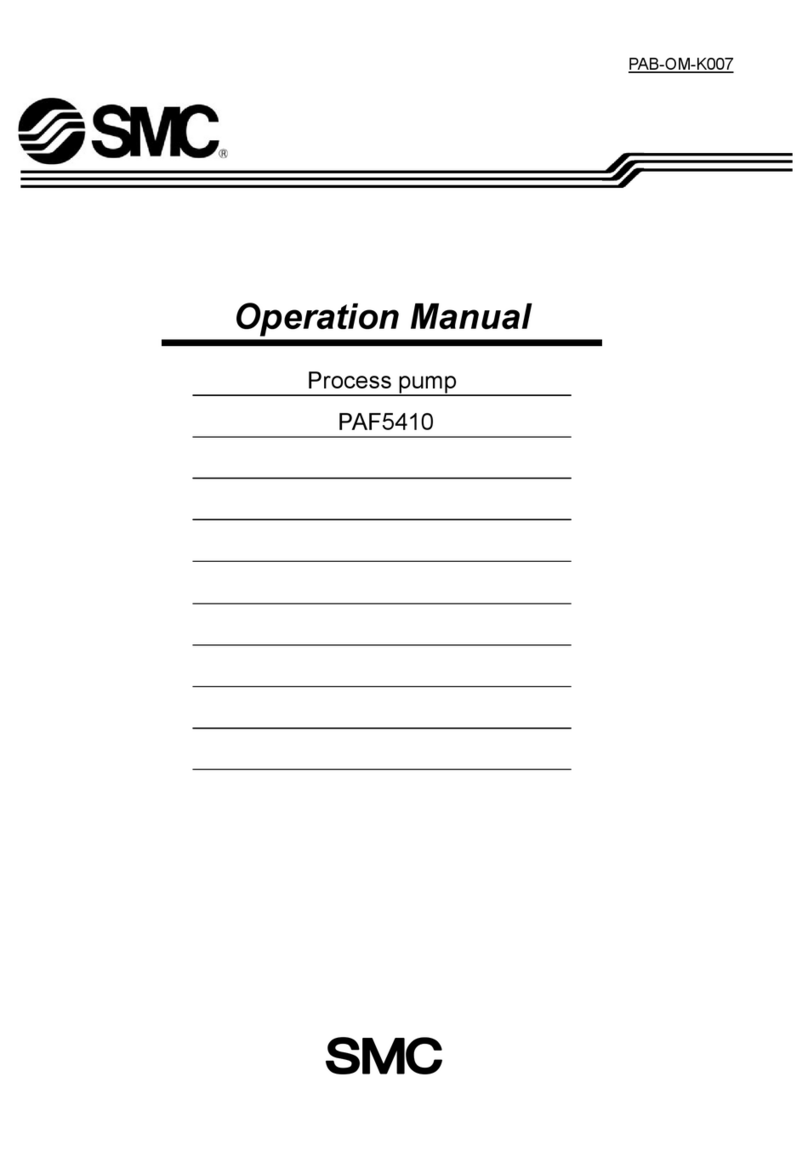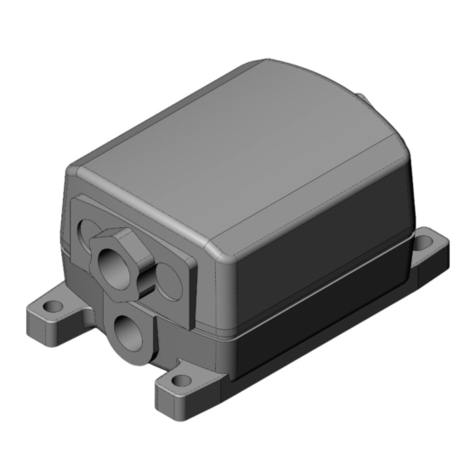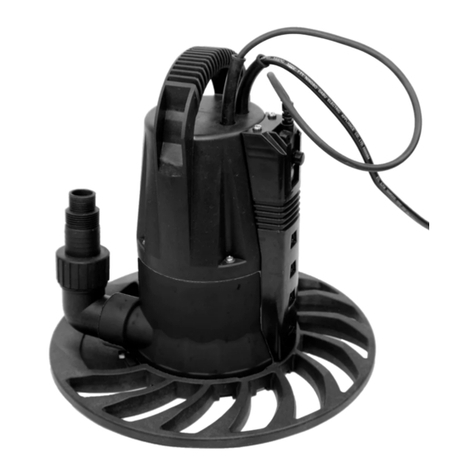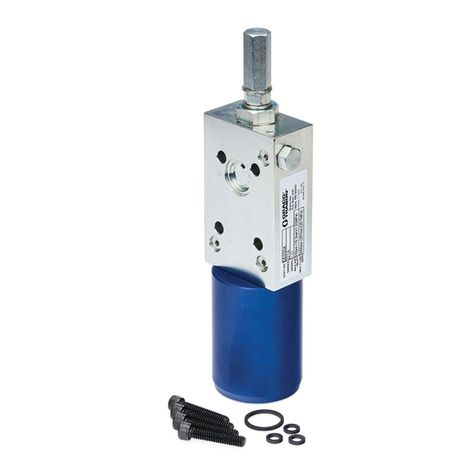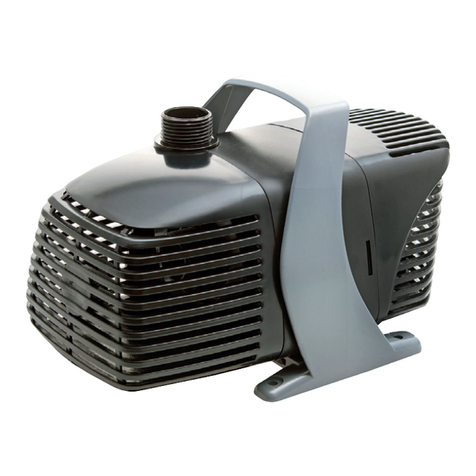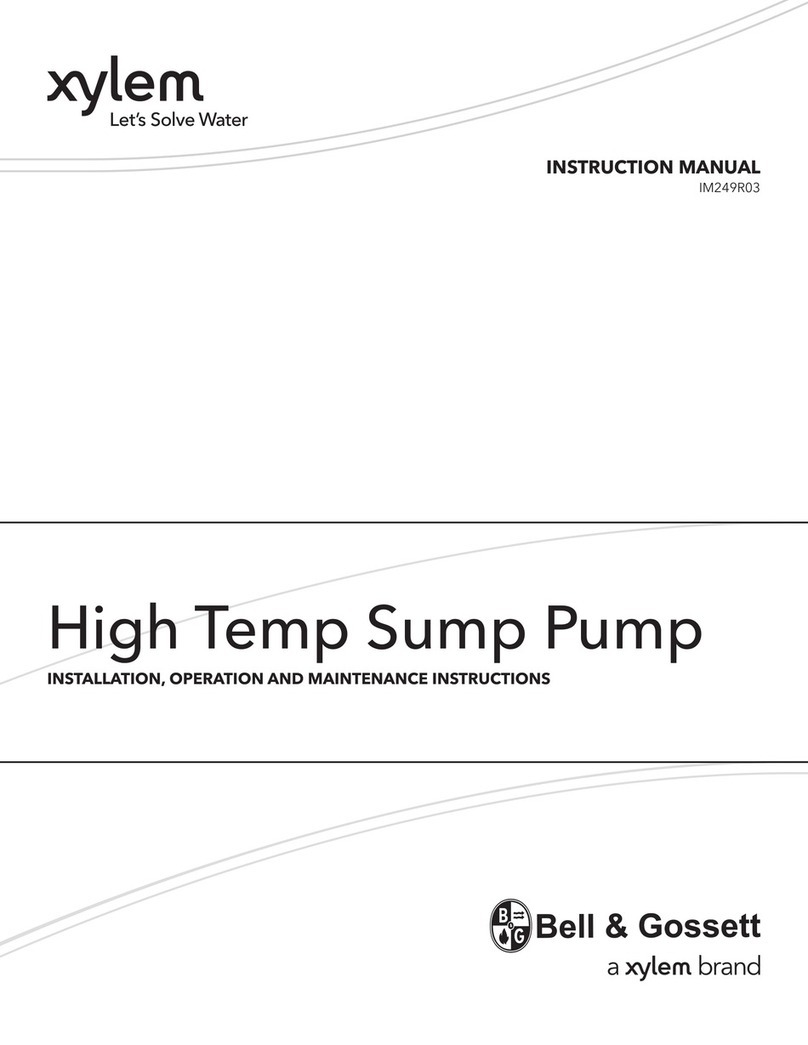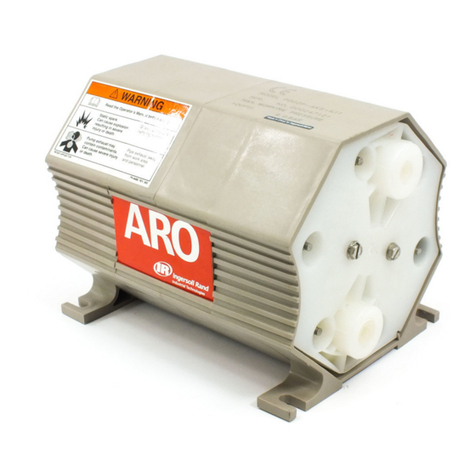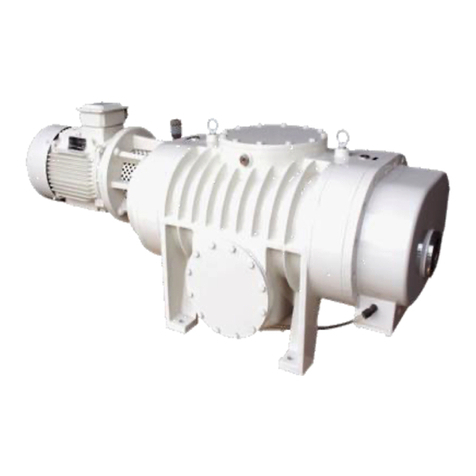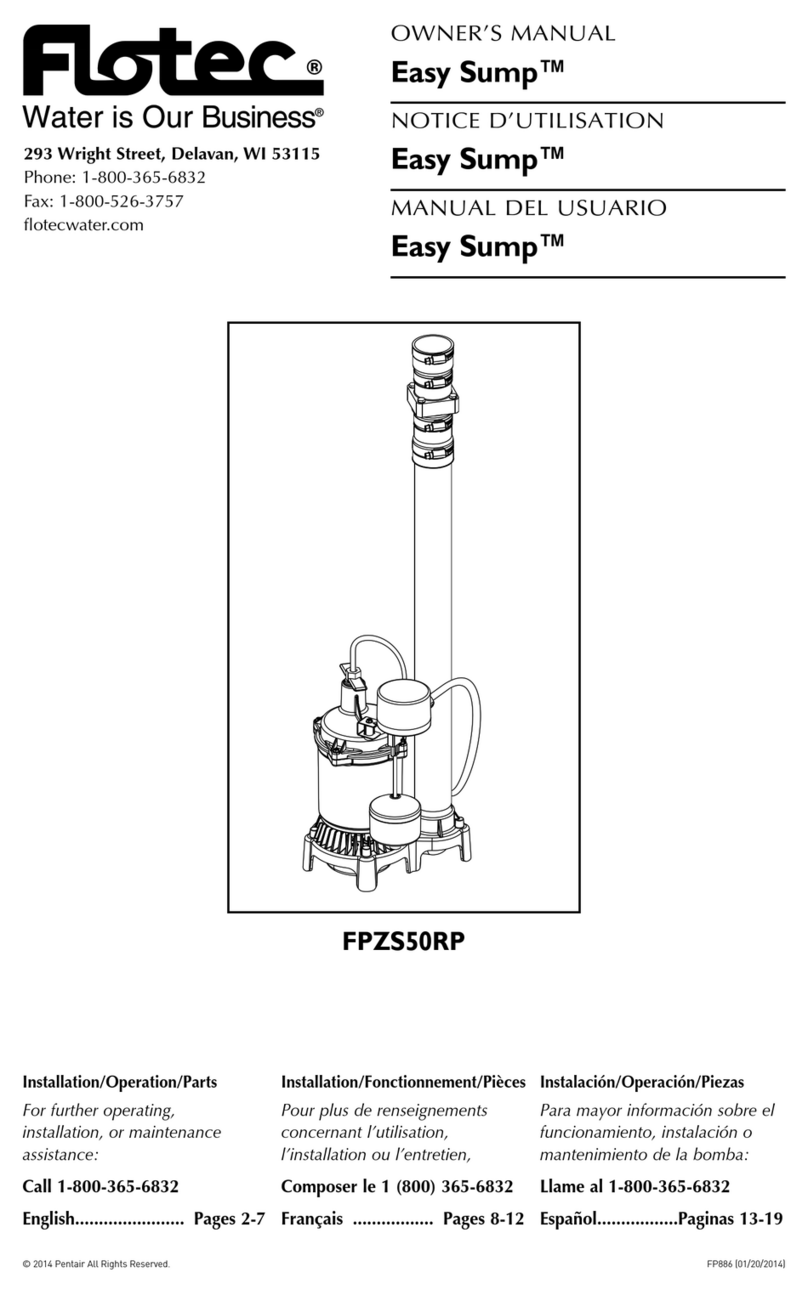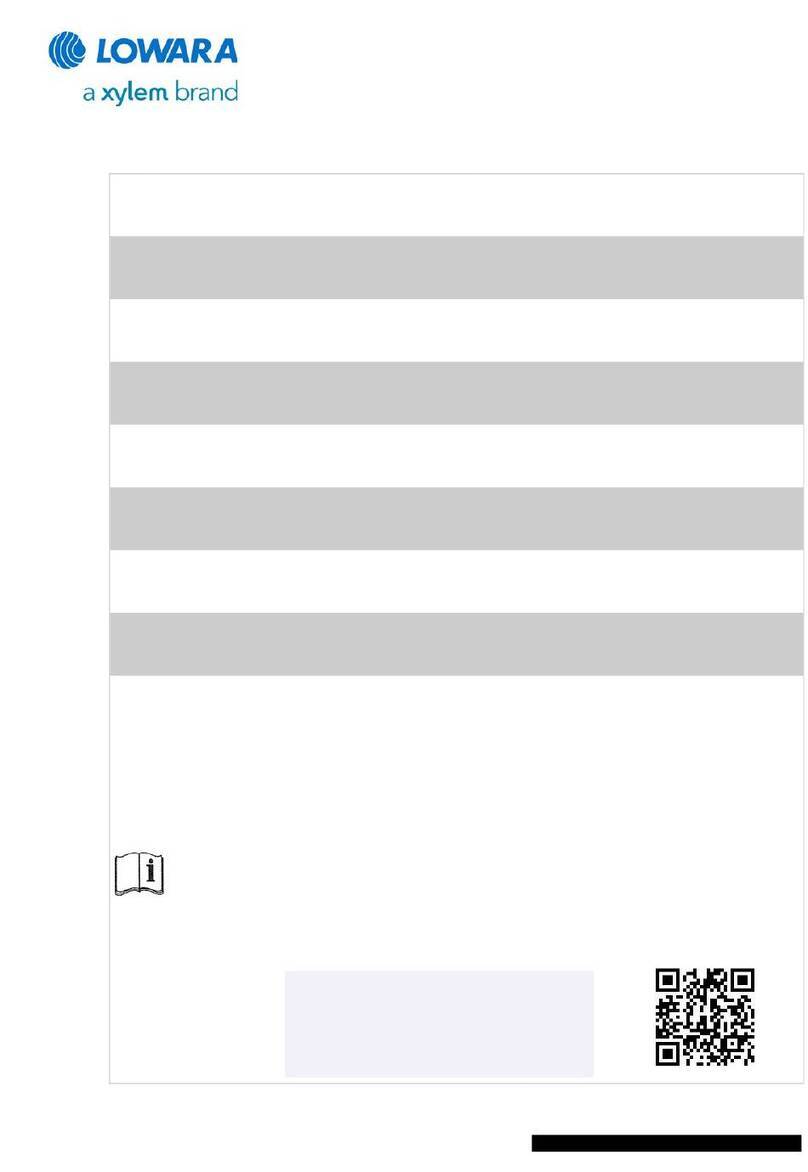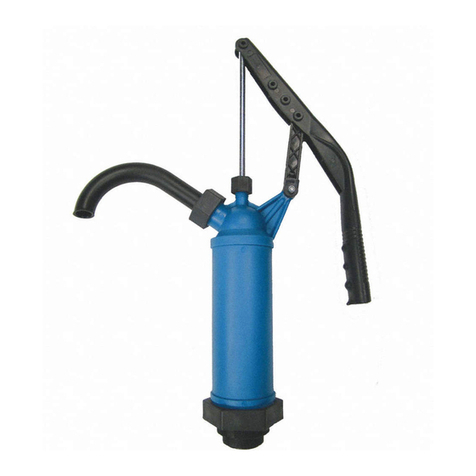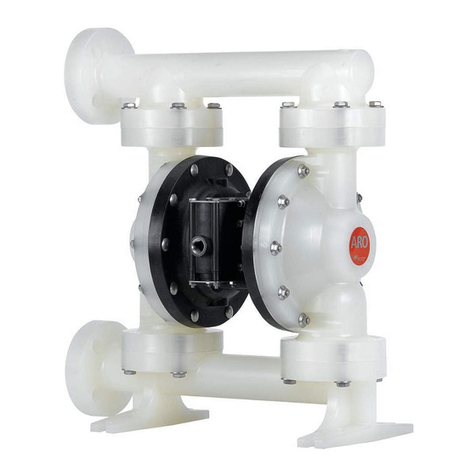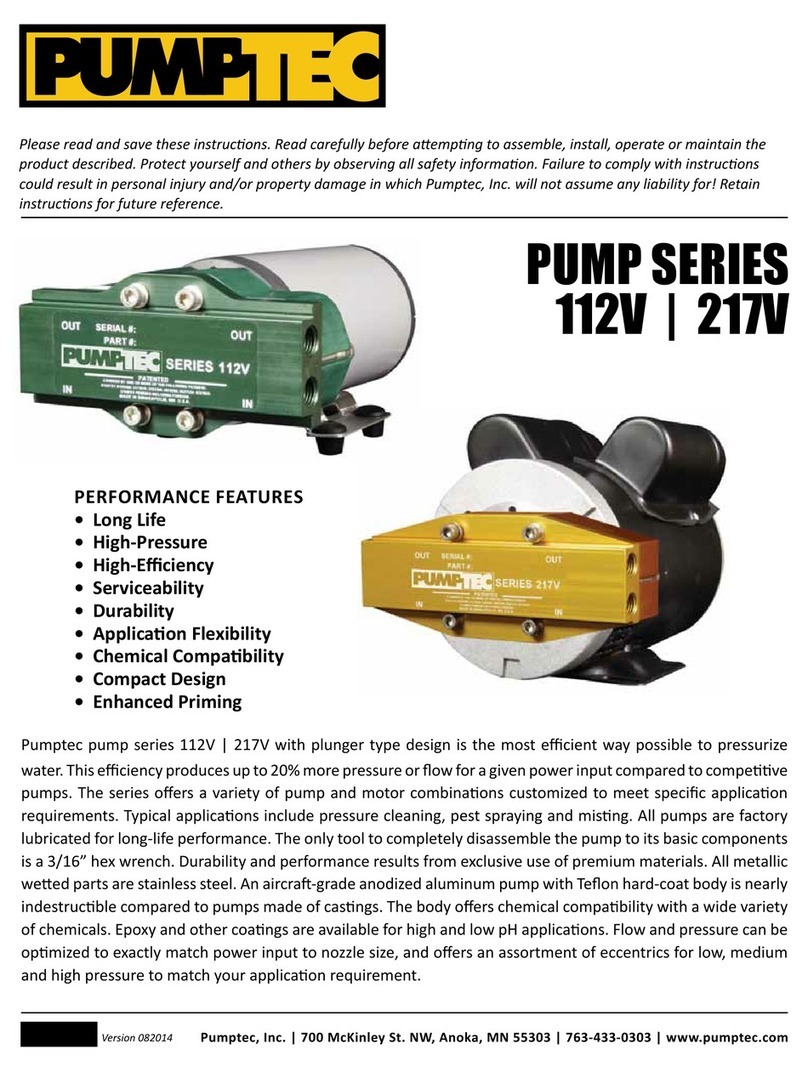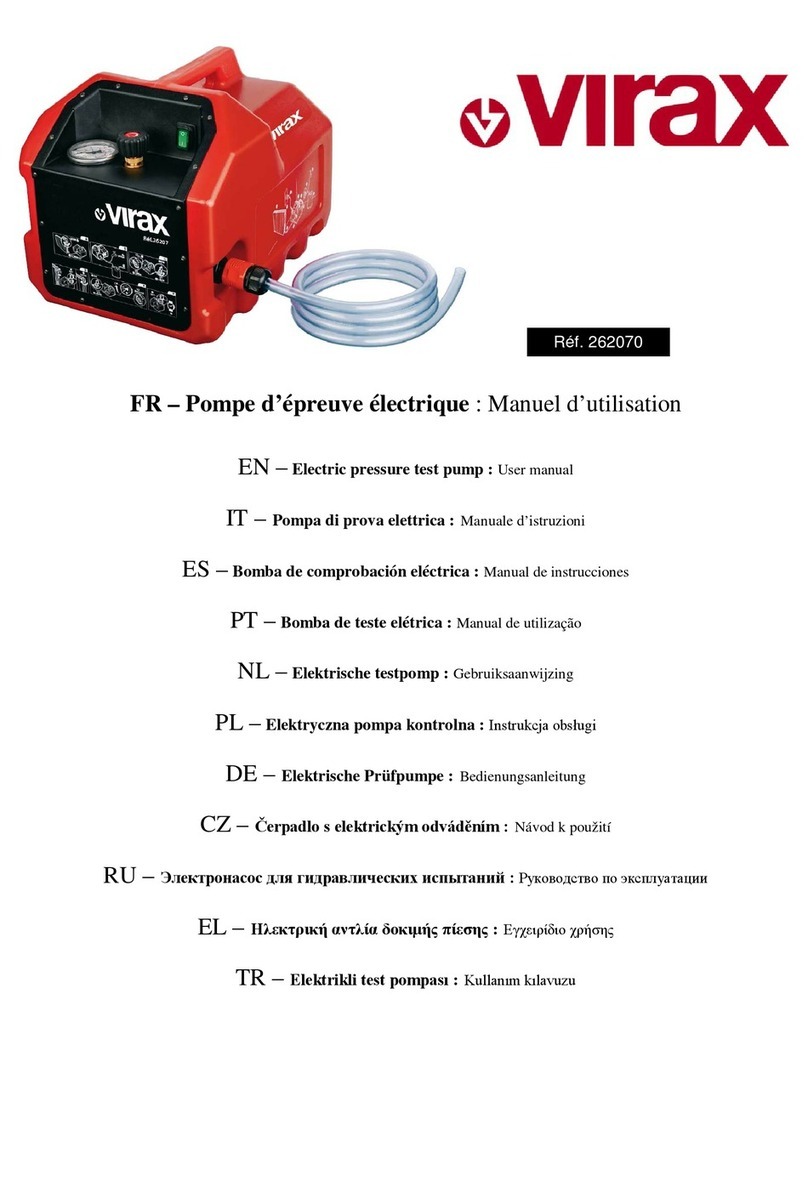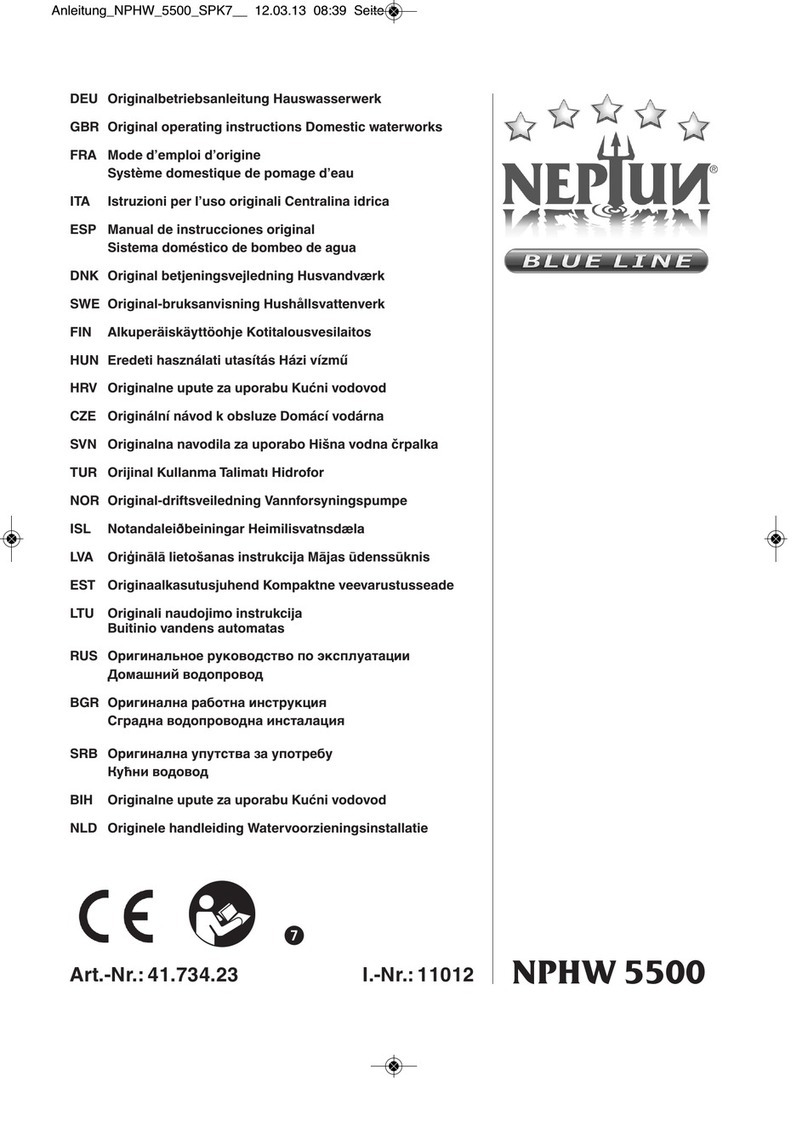
12345678910
Cycle (Hz)
45
40
35
30
25
20
15
10
5
0
Air consumption (l/min [ANR])
1 2 3 4 5 10 20 30 40 50 100
Viscosity (mPa·s)
100
50
0
Ratio of amount of discharge against clean water (%)
50 100 150 200 250
SUP = 0.7 MPa
SUP = 0.5 MPa
SUP = 0.35 MPa
SUP = 0.2 MPa
0
Discharge (ml/min)
0.7
0.6
0.5
0.4
0.3
0.2
0.1
0
Discharge pressure (MPa)
0
Discharge (ml/min)
0.7
0.6
0.5
0.4
0.3
0.2
0.1
0
Discharge pressure (MPa)
400 800 1200 1600
SUP = 0.7 MPa
SUP = 0.5 MPa
SUP = 0.35 MPa
SUP = 0.2 MPa
0
Discharge (ml/min)
0.7
0.6
0.5
0.4
0.3
0.2
0.1
0
Discharge pressure (MPa)
500 1000 1500 2000
SUP = 0.7 MPa
SUP = 0.5 MPa
SUP = 0.35 MPa
SUP = 0.2 MPa
0
Discharge (ml/min)
0.7
0.6
0.5
0.4
0.3
0.2
0.1
0
Discharge pressure (MPa)
50 100 150 200
SUP = 0.7 MPa
SUP = 0.5 MPa
SUP = 0.35 MPa
SUP = 0.2 MPa
0
Discharge (ml/min)
0.7
0.6
0.5
0.4
0.3
0.2
0.1
0
Discharge pressure (MPa)
200 400 600 800 1000
SUP = 0.7 MPa
SUP = 0.5 MPa
SUP = 0.35 MPa
SUP = 0.2 MPa
0
Discharge (ml/min)
0.7
0.6
0.5
0.4
0.3
0.2
0.1
0
Discharge pressure (MPa)
200 400 600 800 1000
SUP = 0.7 MPa
SUP = 0.5 MPa
SUP = 0.35 MPa
SUP = 0.2 MPa
Flow-rate Characteristics
Built-in Solenoid Valve (PB1011A)
Required specification example
Find the pilot air pressure for a
discharge rate of 600 ml/min and a
discharge pressure of 0.15 MPa for
built-in solenoid valve type.
<The transferred fluid is clean water
(viscosity of 1 mPa·s, specific gravity of
1.0) and solenoid valve cycle is 5 Hz.>
∗
When the total pump head is required
instead of the discharge pressure, a
discharge pressure of 0.1 MPa
corresponds to a total pump head of
10 m.
Selection procedure
1. First, mark the intersection point for
a discharge rate of 600 ml/min and
a discharge pressure of 0.15 MPa.
2.Find the pilot air pressure for the
marked point. In this case, the point
is between the discharge curves for
0.35 MPa and 0.5 MPa, and based
on the proportional relationship to
these lines, the pilot air pressure for
Cycle (1 Hz)
Selection from Flow-rate
Characteristic Graph
Air Operated (PB1013A)
Cycle (5 Hz) Cycle (7 Hz)
Cycle (1 Hz) Cycle (5 Hz) Cycle (7 Hz)
Air Consumption: Built-in Solenoid Valve/Air Operated
Viscosity Characteristics: Built-in Solenoid Valve/Air Operated
Required specification example
Find the pilot air pressure and pilot air consumption for a discharge rate of 270 ml/min, discharge
pressure of 0.15 MPa, and a viscosity of 15 mPa·s.
Selection procedure
1. First, find the ratio of the amount of discharge against clean water when viscosity is 15 mPa·s
from the graph to the left. It is determined to be 45%.
2.
Next, the viscosity of 15 mP·s and the discharge rate of 270 m
l
/min in the required specification
example are converted to the amount of discharge for clear water.
Since 45% of the clear water discharge is equivalent to 270 m
l
/min in the required specifications,
270 m
l
/min 0.45 = approximately 600 m
l
/min, indicating that a discharge rate of 600 m
l
/min is
required for clean water.
3. Finally, find the pilot air pressure and pilot air consumption based on the flow-rate characteristic
graphs.
Viscosity
Transfer is possible up to about 100 mPa·s.
Selection from Viscosity Characteristic Graph
1. The air consumption differs greatly depending on properties (viscosity, specific gravity) of the
transferred fluid and operating conditions (pump head, transfer distance), etc.
Find the air consumption for operation with a 5 Hz switching cycle and pilot air pressure of 0.35
MPa from the air consumption graph.
Selection procedure
1. Look up from the 5 Hz switching cycle to find the intersection with SUP = 0.35 MPa.
2. From the point just found, draw a line to the Y-axis to find the air consumption. The result is
approximately 10 l/min (ANR).
Calculation of Air Consumption
Air Consumption
Viscosity Characteristics
(Flow rate correction for viscous fluids)
Caution
Caution
1. Flow-rate characteristics are for clean
water (viscosity of 1 mPa·s, specific
gravity of 1.0), no piping for suction and
discharge.
2. The amount of discharge differs greatly
depending on properties (viscosity,
specific gravity) of the fluid being
transferred and operating conditions
(pump head, transfer distance), etc.
SUP = 0.2 MPa
SUP = 0.5 MPa
SUP = 0.7 MPa
SUP = 0.35 MPa
ν= μ
ρ
Kinematic viscosity ν= Viscosity μ/Density ρ
ν(10–3m2/s) = μ(mPa·s)/ρ(kg/m3)
Series PB1000A
Process Pump
Built-in Solenoid Valve/Air Operated
2
